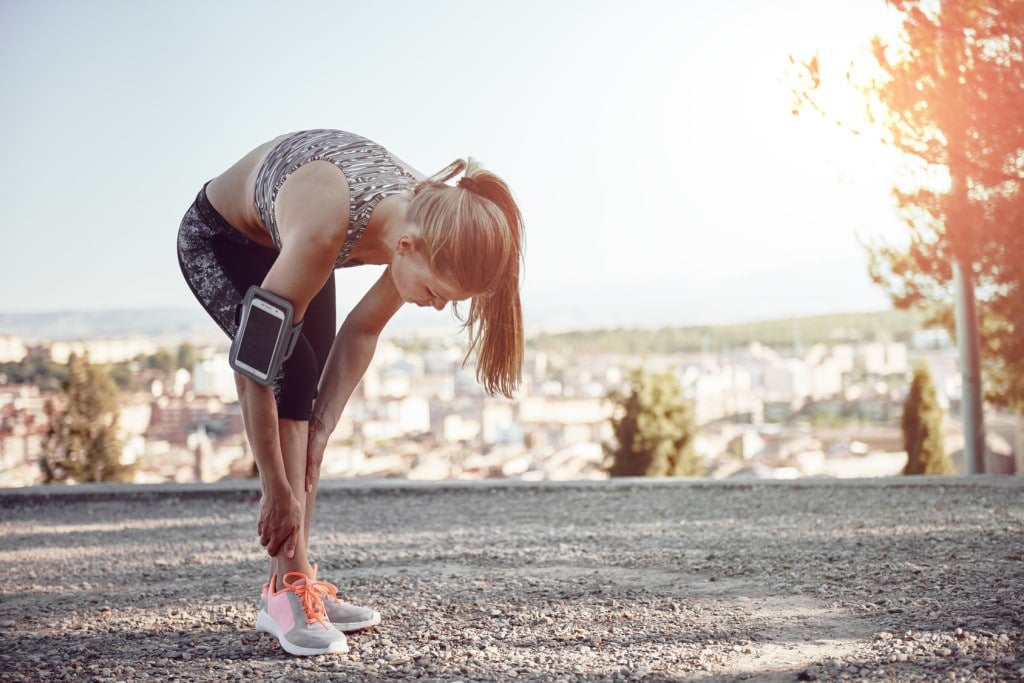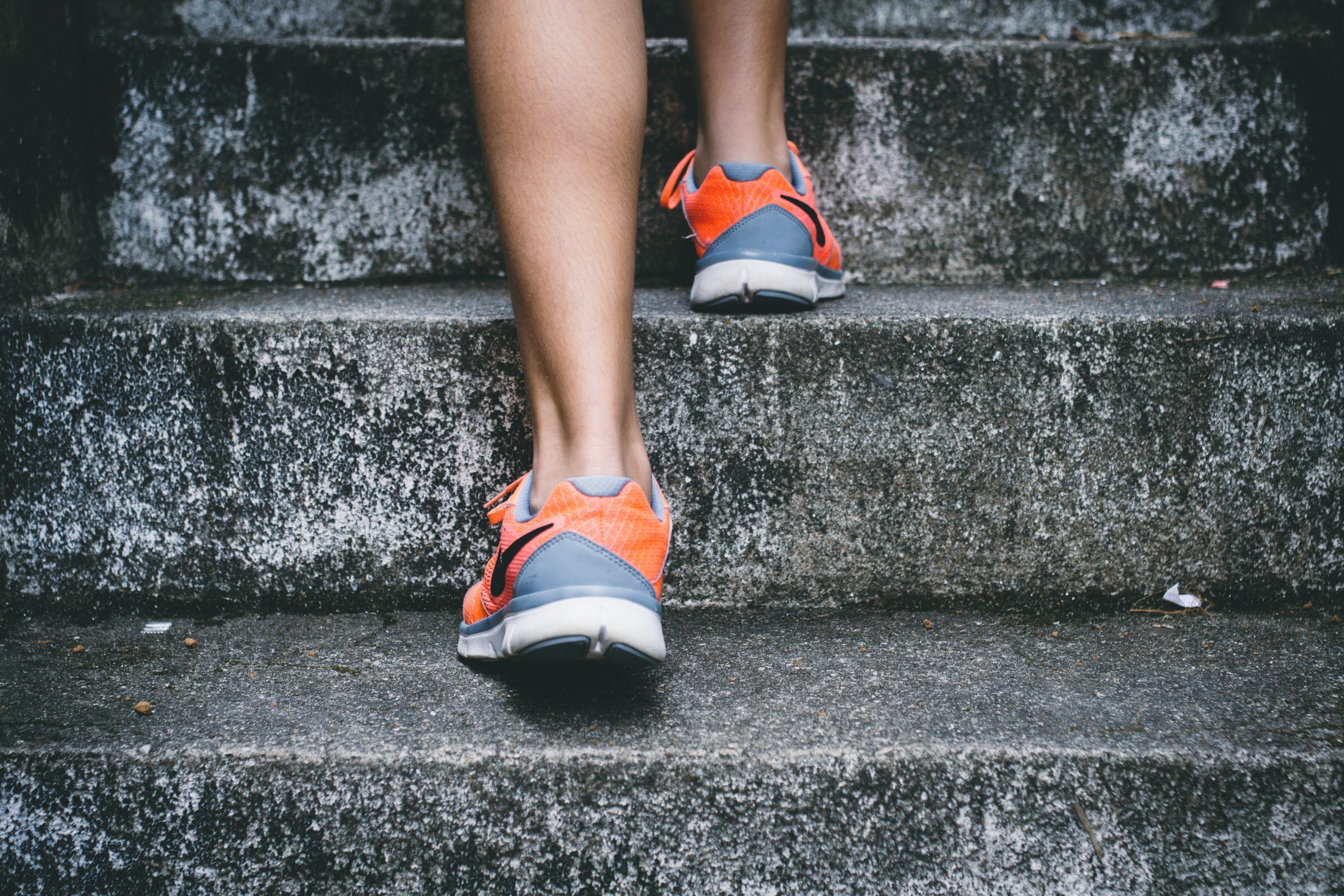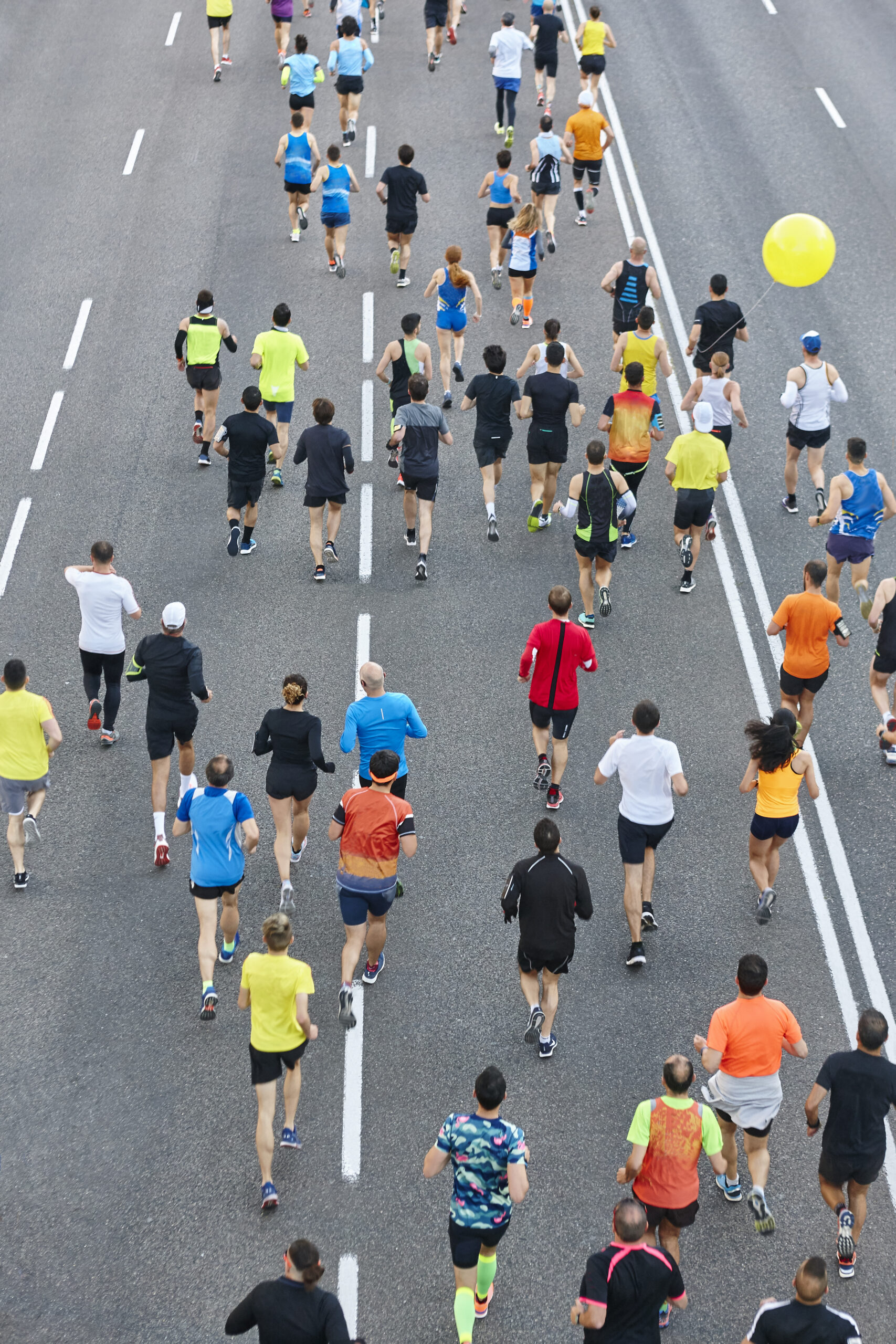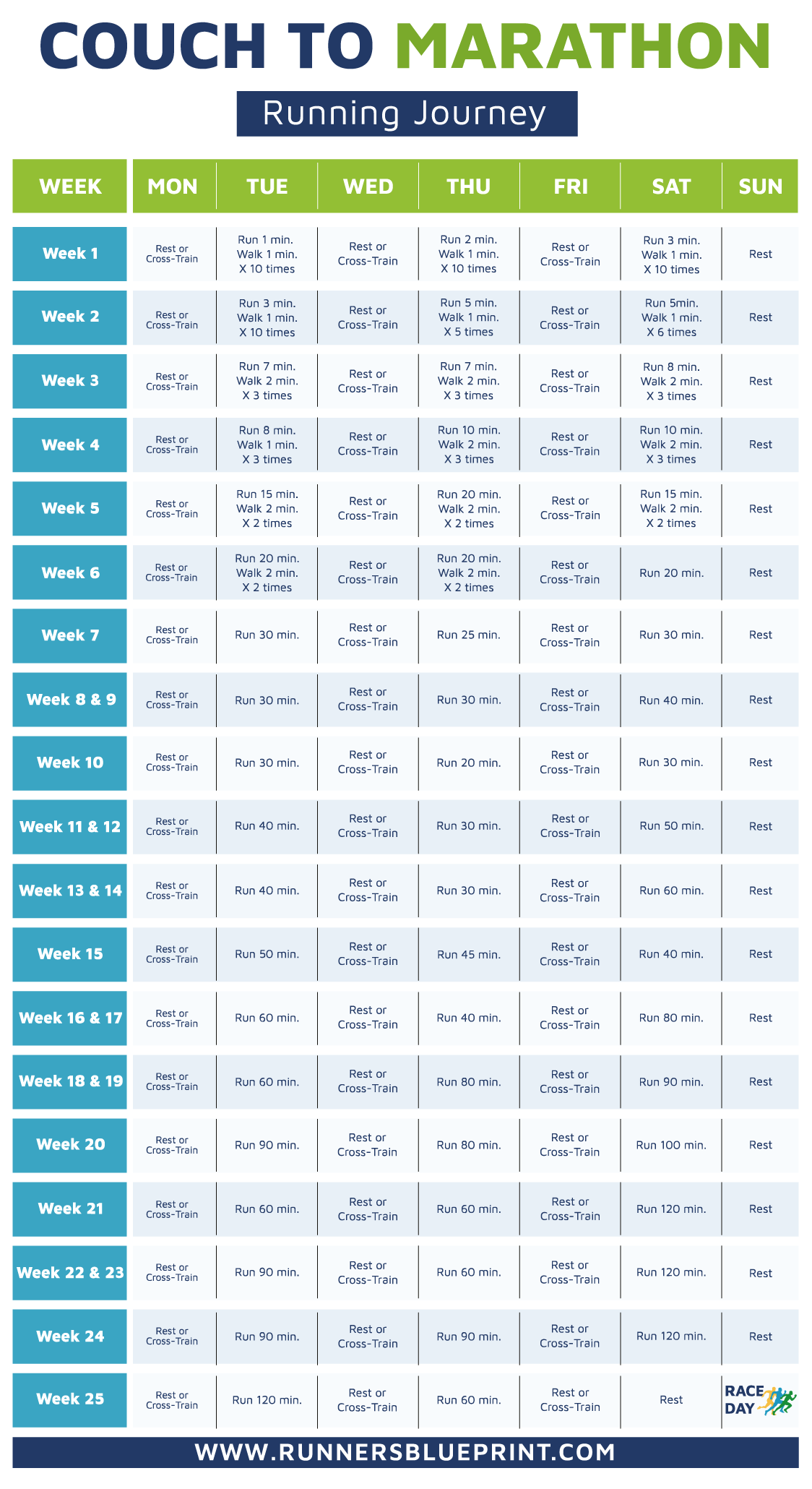If you want to learn how to choose low-carb veggies, you have come to the right place.
In today’s post, I’m going to share with you a long list of the lowest carb veggies you can add to the menu right away and how to get the most of it.
Sounds great?
Let’s get started
Low-Carb Vegetables Explained
We all know that veggies have been praised as the healthiest.
Vegetables are a fantastic source of antioxidants, vital nutrients, including vitamins, dietary fiber, electrolytes, etc.
These provide your body with the raw materials needed for optimal health.
Research has reported that eating vegetables on a regular basis can contribute to:
- Lowered risk of cancer and cardiovascular diseases,
- Better weight management,
- Increased productivity,
- Enhanced emotional life,
- Better immune system,
I can go on and on.
The Reason You Should Stick To Low-Carb Veggies
But, the recent rise of the low-carb diet, such as the keto diet, a lot of people are looking into ways to eat more vegetables but without the added carb intake.
Let me explain why some vegetables are higher in carbs than others.
Not all vegetables are made equal.
Vegetables are broken down into two main categories: starchy and non-starchy.
Starch is the complex carbs formed from several sugar molecules.
If we talk about low carbs.
Consuming starch-rich veggies increase your blood sugar—even though they’re complex carbs that the body breaks down slower than sugar.
Different veggies pack in more starch than others—and while the non-starchy variety is low-carb friendly, starchy vegetables don’t make the list.
In general, most veggies that grow underground—what’s known as root vegetables—and few other veggies, such as peas and corn, pack in more starch than other vegetables.
These higher-carb vegetables are referred to as starchy vegetables, which pack in seven or more grams of net carbs per serving.
If you’re tracking your carb intake—whether you’re trying to lose weight, or are on a low-carb diet such as the keto diet—you’ll want to stick to lower carb veggies or the non-starchy variety.
These contain roughly five or fewer grams of net carbs per serving.
Top 20 Low-Carb Vegetables In The World
Here is a list of the best low-carb vegetables to consume that will give you the most bang for your buck.
This list includes items that are both high in nutrients and low in carbohydrates.
20. Garlic
Carb content: One clove—3 grams—of garlic has one gram of carb, some of which is fiber.
Garlic offers so many health benefits, such as reducing blood pressure and improving immune function, especially against the common cold.
It also helps fight off inflammation and regulate blood sugar levels.
When you consider its weight, garlic is relatively high in carbs.
But it all boils down to how much you can actually consume in one sitting is very low thanks to its strong and pungent flavor.
What’s more?
Garlic is a fantastic way to make your dishes taste much more interesting.
The other way to stop overeating is to make your food less tasty.
But of course, I pick keto instead of eating without taste.
Here are a few garlic recipes to try.
19. Onions
Carb content: Around nine grams of carbohydrates per serving, two grams of which are fiber
As a twin of garlic, onions are One of the most nutritious and tastiest veggies.
Although not offering much in the vitamins and the minerals department, they do have immense health benefits.
Onion is rich in quercetin, which is an antioxidant that regulates blood pressure.
Further, research conducted on obese women with polycystic ovary syndrome revealed that consuming red onion may help lower LDL cholesterol levels.
What’s more?
Also, onion contains prebiotics, which is a type of indigestible carb that keeps gut bacteria healthy and going strong, thus, improving overall health.
Onions make a great tasting side dish for virtually any food.
When combined with other foods such as beans, lean protein, and veggies, add an extra boost of low calorie and taste to most dishes.
Try some of these recipes.
18. Green Beans
Carb content: One cup—120 grams—serving has ten grams of carb, half of which comes from fiber.
Also known as string beans or snap beans, green beans are a member of the legume family, but pack in drastically fewer carbs than most legumes.
Green beans are rich in chlorophyll, which is a green pigment rich in antioxidants believed to protect against cancer, according to animal studies.
These are also high in carotenoids—linked to improved brain function during aging, according to research.
Try these recipes.
17. Cucumbers
Carb content: One cup—100 grams—of raw sliced cucumber has four grams of carbs, one of which is fiber.
Cucumbers are quite refreshing as they’re made of mostly water.
They’re also in cucurbitacin E, which is a compound known that promotes good health as animal studies have suggested that it has anti-inflammatory and anti-cancer properties, and may also protect brain health.
Try this recipe.
16. Radish
Carb content: One cup—116 grams—of raw radishes has four grams of carbohydrates, half of which is fiber.
Radishes contain vitamin C, providing 30 percent of RDI per serving.
This vegetable is also a member of the Brassica veggie, which has been shown to lower the risks of certain cancers, such as breast cancer in postmenopausal women.
Radish is an ideal choice if you’re looking to add some flavor to your meals or a quick low-carb snack to keep hunger at bay.
Try these recipes.
15. Bell Peppers
Carb content: One medium bell pepper has about 30 calories, and 7 grams total carbohydrate.
Also known as sweet peppers or capsicum, bell peppers are incredibly nutritious.
One serving of the stuff contains about three times your daily requirement of vitamin C—essential for tissue repair and collagen production.
What’s more?
One cup of the stuff is also an excellent source of vitamin A—about 90 percent of RDI, and vitamin C—300 percent of RDI.
Bell peppers also score high on antioxidants, shown as the colorful features called carotenoids that may limit inflammation, reduce cancer risk, and fend off oxidative damage.
Try these recipes.
14. Eggplants
Carb content: One cup of cooked eggplants—100 grams—provides eight grams of carbohydrates, whereas one cup raw has five grams, three of which are fiber.
A common veggie in many Asian and Italian dishes. Although eggplant is not a powerhouse when it comes to vitamins and minerals, research has revealed that it may help reduce cholesterol levels and improve overall health.
Not only that, but eggplants are also rich in nasunin, an anthocyanin which is an antioxidant that may help protect brain health and fight off free radicals.
Try these recipes.
13. Kale
Carb content: One cup—100 grams—of kale contain six grams of carbs, 3.8 of which are fiber.
Another member of the cruciferous family, kale is a trendy veggie with incredible nutritious prowess.
This low-carb vegetable is a fantastic source of vitamin A, providing two times the daily recommended intake.
Kale is also an excellent source of vitamin C—134 percent of RDI, as well as beta-carotene, manganese, carotenoids, and calcium.
Don’t get me started on the antioxidant features.
Kale is rich in antioxidants, including kaempferol and quercetin, which helps reduce blood pressure and protect against cardiovascular diseases, type II diabetes, and other health ailments, according to research.
12. Brussel Sprouts
Carb content: One cup—160 grams—of cooked Brussel sprouts contains 12 grams of carbs, four of which are fiber.
Another member of the cruciferous family, Brussel sprouts are also an excellent source of vitamin C, vitamin K, etc.
This low-carb veggie is especially high in protein when compared to other green vegetables.
Brussel sprouts are also a wonderful source of a host of nutrients, including manganese, folate, dietary fiber, copper, choline, omega-3 fatty acids, and potassium.
Research has also linked the consumption of Brussel sprouts to a lowered risk of cancer, including colon cancer.
Try some of these recipes.
11. Cauliflower
Carb content: One cup of cooked cauliflower contains about four grams of carbs.
Although it has the pale color, it’s quite popular and versatile veggies around; cauliflower is full of both vitamin K and C, providing 77 and 28 percent of the RDI in 100 grams.
Research has linked it to a reduced risk of cancer and heart disease.
Since cauliflower has a mild taste, it can be used as a substitute for root veggies such as sweet potatoes and starches, such as rice and other high-carb vegetables and foods.
Try these recipes.
10. Lettuce
Carb content: One cup of lettuce has no more than two grams of carbs, making it one of the lowest carb vegetables in the world.
Lettuce is also one of the best low carb veggies around.
One cup of shredded lettuce contains 30 percent of RDI of vitamin K.
It’s also high in fiber that removes bile salts from the body—essential for reducing cholesterol and improving heart health.
Lettuce is also a fantastic source of magnesium, iron, sodium, zinc, along with vitamins, such as vitamins A, B6, E, C, and K.
9. Cabbage
Carb content: One cup—90 grams—of chopped raw cabbage has five grams of carbohydrates, three of which are fiber.
One cup of cabbage has roughly 80 percent of the RDI for vitamin K, as well as 50 percent of the RDI for vitamin C.
This low carb veggie is also a good source of dietary fiber, manganese, vitamin B1, potassium, and copper.
Research has also suggested that regular consumption of plant-based foods, like cabbage, can reduce the risks of obesity, diabetes, cardiovascular diseases, and overall mortality.
Don’t forget to eat this with moderation since it’s quite gassy, and some people can be sensitive.
8. Zucchini
Carb content: Roughly four grams of carbohydrates, two of which are fiber, per cup (125g).
Zucchini is one of the most commonly used summer squash on low carb diets.
It’s also a great source of vitamin C, providing 15 percent of your RDI per serving.
You can also use zucchini to make low carb pasta.
Try this recipe.
You can also add zucchini to soups or casseroles or grate it over salads.
Try this recipe.
7. Asparagus
Carb content: One cup—100 grams—of asparagus has four grams of carbohydrates, two of which are fiber.
Since asparagus is rich in vitamin A, Vitamin C, selenium, etc., this vegetable should be in everyone’s diet plans of low-carb dishes due to its unique flavor and incredible nutritious content.
Asparagus is a great source of vitamins A, C, and K.
Research revealed that this antioxidant-rich veggie could help reduce inflammation and cut the risk of chronic diseases.
It also has been shown in animal studies that asparagus can help reduce anxiety and protect brain health.
There are many ways to eat asparagus.
And it’s nice with any style of processing.
You can grill it, wrap it in bacon, or chop it up and add it to an omelet or salad.
6. Artichokes
Carb content: A medium-size artichoke—roughly 120 grams—has 14 grams of carbohydrates.
100-gram of artichokes has 20 percent of RDA of vitamin C, 15 percent of RDA of magnesium, and 18 percent of RDA of vitamin K.
The fiber in artichokes is rich in inulin, which has been shown to promote healthy gut bacteria—essential for optimal digestion and other health roles.
Try some of these recipes.
5. Celery
Carb content: Three grams of carbohydrates, two of which are fiber, per one cup—100 grams—serving.
Celery has luteolin, which is an antioxidant with potential usefulness for both preventing and treating some types of cancer.
Celery is considered a negative food as it more calories for your body to digest than the food actually contains.
This is the reason why they add celery in gravy or meaty soup.
4. Spinach
Carb content: One cup of cooked spinach contains three grams of carbohydrates, and virtually no carbs raw.
Spinach is an incredible source of many vitamins and minerals.
For instance, one cup –or 180 grams—of cooked spinach contains ten times the RDI for vitamin K, vital for bone health.
Not only Popeye’s approved, research suggests that consuming spinach can help prevent damage to DNA.
Not only that, but the leafy green can also help fend off cardiovascular issues and may thwart common health ailments.
Here are a few healthy recipes to try.
3. Avocados
Carb content: One cup—150 grams—serving of sliced avocados contains 13 grams of carbohydrates, ten of which are fiber.
Technically, avocados are a fruit but usually consumed as a vegetable.
Avocados are rich in dietary fats—the healthy kind.
They’re high in monounsaturated fats, which have been shown to decrease LDL (bad) cholesterol and triglycerides levels.
The fatty fruit is packed with oleic acid, which is a type of monounsaturated fat that can help lower LDL levels.
Avocados are also an excellent source of vitamin C, potassium, folate, and other vital nutrients and minerals.
You can eat avocado on its own, or use it to make guacamole.
For more awesome recipes, check out this link.
2. Broccoli
Carb content: One cup—90 grams—of raw broccoli has six grams of carbs, two of them are fiber.
Broccoli is a member of the cruciferous veggies family, which include Brussel sprouts, cabbage, kale, and radishes, and it’s a true superfood like no other.
Broccoli scores high on vitamin C and K, providing more than 100 percent of the RDI for both nutrients.
Research has revealed that broccoli can help reduce insulin resistance in type II diabetes.
It may also help fend off against some types of cancer.
If you’re not on how to add broccoli to your eating menu, here are some recipes to try.
1. Mushrooms
Carb content: One cup of raw white mushrooms—70 grams—has just two grams of carbohydrates.
Mushrooms are low in calories: Six medium white mushrooms pack in no more than 22 calories.
Fungi are also full-choke of anti-inflammatory properties.
Research also revealed that consuming 100 grams of white mushrooms for 16 weeks can improve inflammation in subjects who have metabolic syndrome.
Mushrooms are also a fantastic source of selenium, which is an antioxidant mineral, as well as phosphorous, niacin, copper, and potassium.
Afraid of mushrooms because it’s often claimed as poisonous? Not every mushroom is harmful, Just make sure to cook your mushrooms well to get their nutritional benefits.

How To Add More Vegetables To Your Diet
Now that you have a fantastic list of some of the best low carb vegetables in the world let’s check a few ways on how to eat more of the greens.
Of course, if you stick in one way, you’ll get bored someday.
The following shares with you easy and simple ways to fill your plates with all kinds of veggies.
Share the post with your friends and family if you like it.
Spread the word.
How to Eat More Vegetable Tactic – 1. Make Veggies Visible
Buying veggies then hiding them away in the back of the fridge defeats the point of getting them in the first place.
This is especially the case if you’re not yet used to eating veggies and/or don’t prep them in advance.
But, when you put your greens in a bowl on the kitchen counter, you’ll be more likely to remember to use them when it’s to get cooking—or snacking.
Keep your greens—especially those that store well at room temperature—in a visible cool corner of your kitchen or pantry.
If possible, switch the snack room for veggies.
This is also a nice way to get rid of bad snacking habits.
How to Eat More Vegetable Tactic – 2. Stock up on Frozen Veggies
If your fridge is packed with ice cream, cake, chocolate bars, and only one measly lettuce, then the natural choice will be junk food—9 out 10.
Instead, keep the fridge loaded with healthy vegetables and fruits.
Afraid of rotten stuff?
Make it frozen.
It can stay longer with the same quality as the fresh ones.
How to Eat More Vegetable Tactic – 3. Have Veggies for Breakfast
Breakfast is an ideal opportunity to sneak in more greens into your diet.
In fact, in my opinion, most breakfast dishes are better with veggies especially if you’re having a hard time in the toilet every morning.
So, roast or sauté your favorite greens ahead of time, such as mushrooms, onions, or kale, then add them to your eggs for a delicious low-carb omelet.
Or simply mix it with spicy, sour sauce to spice up your day!
How to Eat More Vegetables Tactic – 4. Embrace the Salads
Want to eat more greens?
Then simply build the habit of routinely adding a simple side salad to your main meals.
Do this, whether it’s breakfast, lunch, or dinner—and regardless of what else you’re eating.
Just make sure that the salads are made with dark green leaves with lots of colorful, crunchy toppings.
To save time, keep a box of pre-washed and cut veggies in the fridge.
Another tips, you can wrap the veggies with newspaper to keep it dry and fresh.
How to Eat More Vegetables Tactic – 5. Be Prepared
Chop up one week’s worth of veggies over the weekend), then store them in small resealable plastic bags or containers.
Just don’t forget to wash them first!
Sure, this can feel like a chore, but if you’ve all the ingredients on hand, you’ll more likely make healthier choices throughout the week.
Too wrinkling? Dip it in boiling water
How to Eat More Vegetables Tactic – 6. Stuff them into Sandwiches
Take your typical tuna sandwich and jazz it up with slices of onion, avocado, or mushrooms for both more flavor and nutrition.
Not only are veggies loaded with vitamins and antioxidants, but they also add taste and a nice crunch to sandwiches.
How to Eat More Vegetables Tactic – 7. The Half Plate Rule
Vegetables should take up half of your plates.
Here is how:
- Divide your dinner plate in half.
- Fill one half with greens, then divide the remaining half into two quarters.
- Fill one quarter with complex carbs, such as whole-grain bread, brown rice, or whole-wheat pasta.
- Then fill the other with lean protein, such as poultry, lean beef, fish, tofu, or beans.
By doing this every day, you’ll be consuming one to two servings in a single setting.
How to Eat More Vegetables Tactic – 8. Hit the Farmers Market
Want to make sure you buy nothing but fresh veggies? Shop at the local farmers market.
Locate the nearest farmers market and hit it once a week and get as many greens as possible, where there is less opportunity to also buy junk foods. I bet you are gonna like your bucket colorful.
Prepare to shop a lot of veggies than usual.
How to Eat More Vegetables Tactic – 9. Replace Junk Food with Sweet Veggies
The simple act of swapping the bad by healthy alternatives is all you need to maintain healthy eating over the long haul.
Here are a few examples:
- Swap junk food, such as cookies, crackers, cake, pita, and white bread for sweet veggies, like cooked carrots, sweet potatoes, beets, etc.
- Use leafy greens as wraps for sandwiches, tacos, etc. For instance, instead of using a wheat wrap for your dinner meal, use a large lettuce leaf.
- Replace spaghetti with veggies by spiralizing greens into long strands noodles. Here is a whole website devoted to this uncommon practice.
How to Eat More Vegetables Tactic – 10. Make a Smoothie
The ideal smoothie is made with lots of veggies (kale, cucumber, carrots, etc.) with a piece of fruit, like berries or apples, and two cups of water.
In case you’re bored with green smoothies, then try something new, like papaya, kiwi, mango, or even ginger for a satisfying combination.
Be creative.
You’re your own mixologist.
Just make sure to check if the combination is safe to mix. Taste bud and gut-friendly.
Here are the two rules for healthy smoothies:
- Give vegetables the priority. Do not be afraid of experimenting. Make it at least 60%.
- Go easy on the fruits as these can swiftly add calories without much of the nutritious fiber found in whole options. Safe spot, go to keto-friendly choices.
How to Eat More Vegetables Tactic – 11. Add Flavor to Veggies
If you’re jaded with steamed veggies, try mixing it up to make them more tasteful.
How?
Simply drizzle extra virgin oil over your greens, with a little of bold no-calorie flavorings, such as garlic or sherry vinegar.
Using dietary fats, like olive oil—can go far in helping you add more flavor and texture to your vegetables.
Be creative with garlic.
I love my veggies hand-mixed with grated garlic before I cook it.
How to Eat More Vegetables Tactic – 13. Make Veggie-Based Soups
Soups are a fantastic way to consume many servings of veggies at once.
What’s more, it’s also simple to cook greens into cream-based or broth soups.
Moreover, according to research, starting a meal with a plain broth style soup may reduce your calorie intake by up to 20 percent.
Heard about Asian healthy soup? That’s also a nice recipe to try with simple spices.
How to Eat More Vegetables Tactic – 14. Embrace Meatless Mondays
The campaign for “Meatless Monday” has gained a lot of steam—and for the right reasons.
Its premise is simple: encouraging people to go meat-free one day each week.
This a great way to practice eating nothing but veggies one day a week—a day does not inherently has to be a Monday.
But, for most people—yours truly, too—Monday seems to be a good day to try.
I think it’s a nice logic, since every weekend we tend to shower ourselves with high calories food.
So, once a week, cut out the meat—and most junk food, then eat nothing but greens for the rest of the day.





















